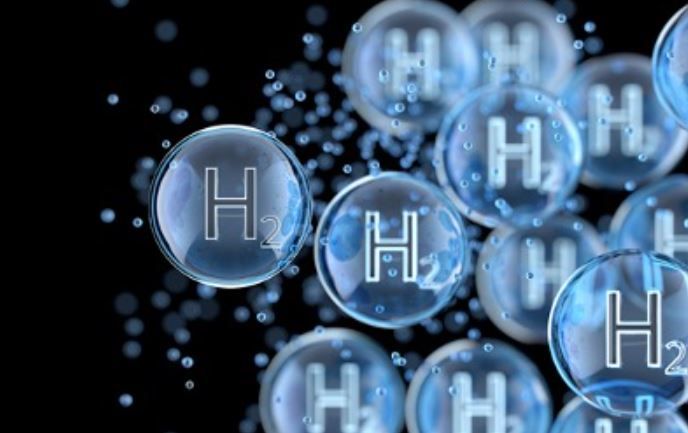Wien Energie, in collaboration with 16 other partners from business, science, and research, is spearheading the H2REAL project to establish a hydrogen economy in eastern Austria.
This ambitious initiative, funded by the Climate and Energy Fund and implemented through WIVA P&G, aims to advance hydrogen technologies and applications, ensuring efficient use of green hydrogen.
Green hydrogen is increasingly recognized as a key component of a sustainable energy future, with applications spanning industry, mobility, and energy storage. Wien Energie has been actively increasing the number of hydrogen projects and tests. Since April, the company has been producing green hydrogen in Simmering, and it was already in use at the Donaustadt power plant in 2023. However, the widespread adoption of hydrogen remains in its infancy, necessitating ongoing experimentation and experience to prepare for future competitiveness with fossil fuels.
One tangible application of hydrogen in public transport is the deployment of hydrogen buses on Vienna’s bus line 39A. By 2025, this line will transition entirely to emission-free drives, with ten hydrogen buses operating between Heiligenstadt and Sievering. Hydrogen buses offer several advantages over battery electric buses, including shorter refueling times, greater range, and a weight advantage, making them well-suited for urban public transport. However, for private transport, electric cars remain the preferred solution due to their established infrastructure and efficiency.
The H2REAL project involves a diverse array of stakeholders, including energy suppliers, grid operators, green electricity producers, electrolysis plant manufacturers, research institutions, and universities. With a total project volume of €4.5 million, the Climate and Energy Fund is providing €2.6 million in funding. This financial support is crucial for the initial phase of the project, which aims to build a hydrogen economy in Austria and the greater Vienna area, translating research into practical applications.
H2REAL sets ambitious goals, focusing on the entire hydrogen value chain, from production via electrolysis to applications in industry, mobility, and energy. The project targets the eastern region of Austria, encompassing Vienna, Lower Austria, Burgenland, and Styria, and includes the distribution of green hydrogen through trailers or pipeline networks. A key objective is to achieve a balance between the profitability of production plants, transport efficiency, and user acceptance.
The environmental benefits of hydrogen adoption are significant. For instance, integrating 15% green hydrogen at the Donaustadt power plant could save 33,000 tons of CO2 annually. Alongside practical implementations, model calculations are being conducted to forecast future hydrogen demand and plan optimal infrastructure.
Despite its potential, hydrogen faces several challenges. Production costs are high, and the process is energy-intensive, limiting its current use primarily to areas with no viable alternatives, such as industry and heavy transport. Nonetheless, Wien Energie remains confident in green hydrogen’s long-term viability. The H2REAL project aims to contribute to the establishment of a regional hydrogen valley in eastern Austria and foster Europe-wide networking with other hydrogen initiatives to drive development and exploit synergies.





